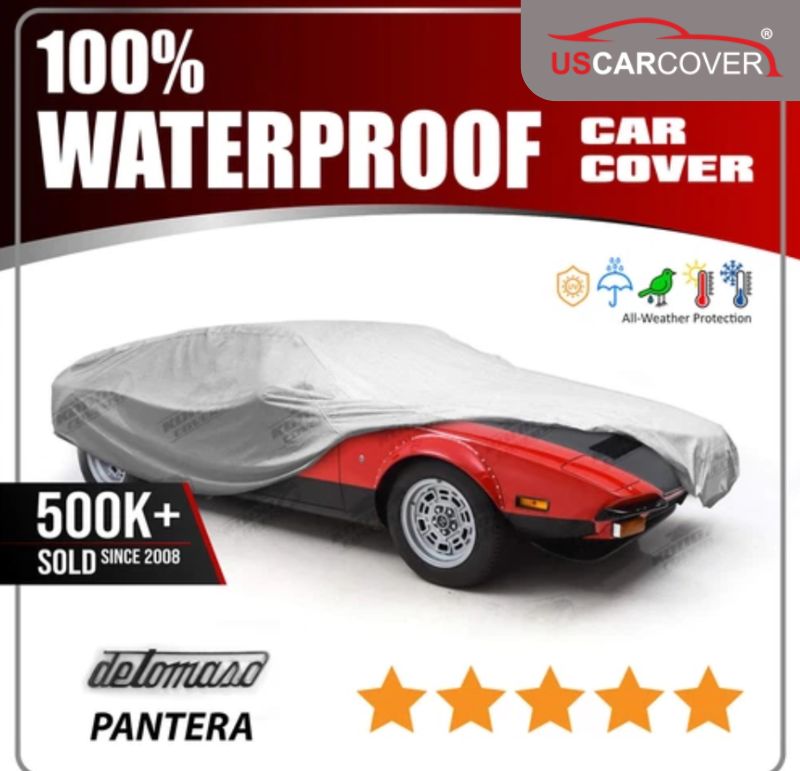
DeTomaso car cover may sound simple, yet behind it is a very real problem many owners in the United States face: cabin heat climbs quickly after parking outdoors or under a carport, then drops fast at night, creating condensation that creeps into old connectors, fuse blocks, and harnesses. There is also a familiar, everyday question: which cover color should you choose so it stays cleaner and still reflects sun well enough to keep the body and interior cooler? This article goes straight at those two pain points, explains causes by real U.S. usage contexts, and shows how to choose and use a DeTomaso car cover correctly so temperatures stabilize, hidden moisture is reduced, and the car feels “cool and ready” every time you start it.
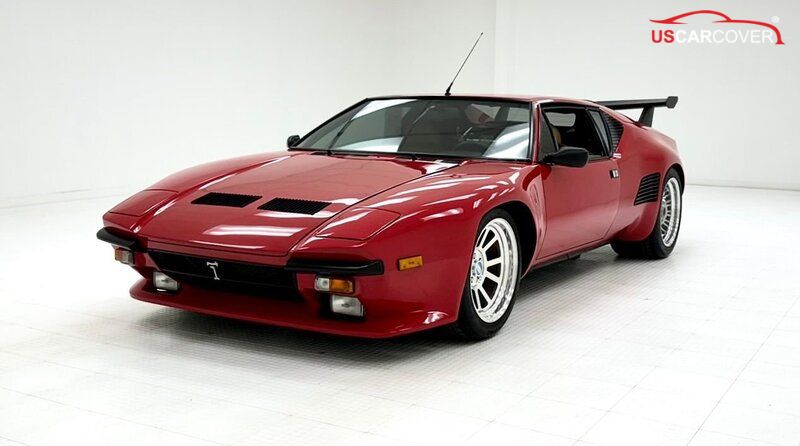
Related Articles: DeSoto car cover: why classic two-tone paint drifts out of balance if you do not cover correctly
Who DeTomaso is and why cabin heat is especially sensitive
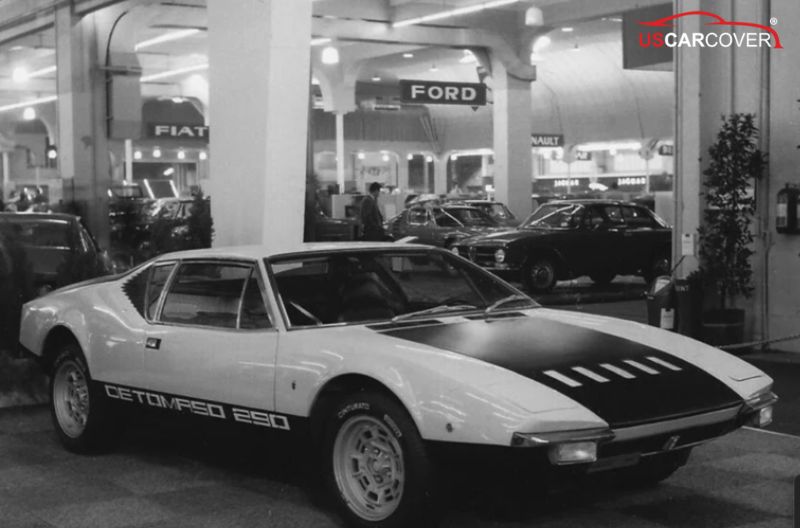
If you love Italian cars, the name DeTomaso always sparks emotion: Pantera with a mid-mounted American V8 that is stout and reliable, Mangusta with its gullwing engine cover, Deauville as a luxury sedan, and Longchamp as a large grand tourer. They share strong design character, large glass, and functional intake and heat-exit vents that speak performance. That is exactly why, when parked outdoors, the body absorbs heat very quickly, especially around raked glass areas and louvered engine covers. On the Pantera and Mangusta, the engine bay sits right behind the seats, so the firewall and rear floor pick up more heat; on Deauville and Longchamp, the engine is up front, but the glass and brightwork still raise cabin temperatures noticeably. In this context, a DeTomaso car cover is not an “umbrella.” It must be an active filter for heat and moisture.
Related Articles: DeLorean car cover: block pollen, tree sap, and bird droppings, quick scratch
The real pain: high daytime heat, night condensation, and electrical “gremlins"
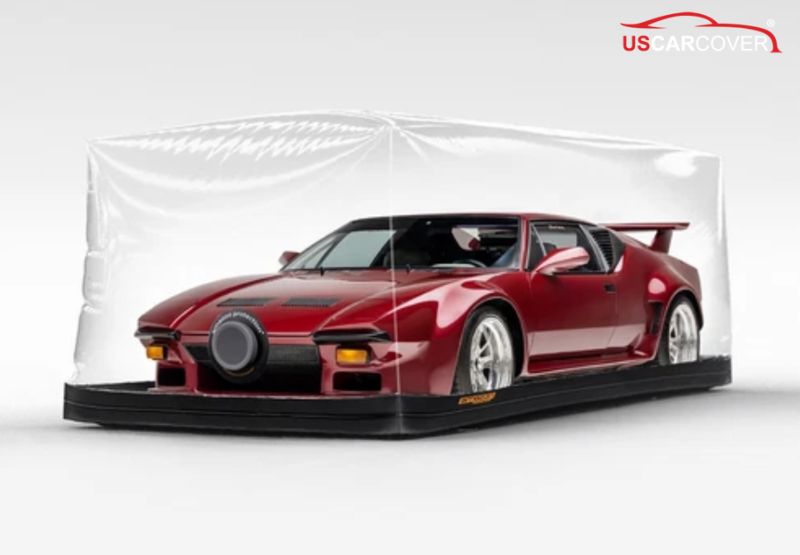
In sunny states like Arizona, Texas, or inland California, cabin and surface temperatures can rise very fast after only 30 to 60 minutes outdoors. At night, temperatures drop rapidly and humidity reaches the dew point. That swing condenses moisture on glass, under the dash, and around connectors near the firewall. On older electrical systems, aged insulation and imperfect terminals allow oxidation to form, leading to signal noise, jumpy gauges, stray warning lights, cold-start hesitation, and even a faint musty odor in the cabin. If the cover does not breathe, trapped moisture lingers longer and the problem stretches out. That is why temperature stabilization and proper vapor release must go together in every DeTomaso car cover decision.
Related Articles: How to Protect Datsun from Harsh Sun and UV: keep paint and interior looking new
The microclimate under the cover: why “breathable and heat reflective” matters more than “completely sealed”
A common misconception is that tighter is always better. In reality, when parking outdoors or under a carport, you want a stable “microclimate” under the cover. An outer face that reflects solar energy helps reduce sudden spikes on paint and glass; a multi-layer breathable construction lets water vapor escape instead of being held in. The result is a slower, smoother, more even temperature drop in the cabin as night falls, keeping air below the dew point threshold. Connectors see less condensation, wiring and fuse contacts oxidize less, and you do not have to wipe off thin morning fog on the inside of the windshield. In short, a good DeTomaso car cover must do two jobs: reflect enough heat so the cabin does not “cook,” and release enough vapor so the area under the cover does not “steam."
Related Articles: Daimler car cover: Long-term storage, quick drying, no musty odor, no veneer stains
Which cover color stays cleaner and still keeps the car cool
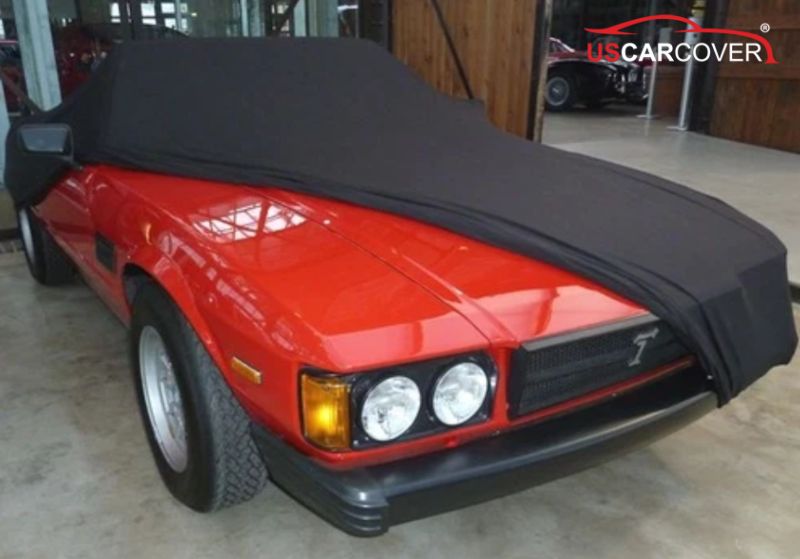
This small-sounding choice shapes daily experience. Generally, light tones like light silver or light titanium reflect solar radiation better, lowering surface temperature across the cover and in the air just beneath it. But very light tones show fine dust, ash, pollen, and finger marks more easily. Darker tones like charcoal hide dirt better but absorb more heat, warming the cabin faster in high-sun states. A balanced choice for most outdoor parking in the U.S. is a silver-gray or medium titanium: light enough to reflect heat, neutral enough to hide day-to-day grime, especially if you cover and uncover solo. The outer weave should be “low-stick” so dust and pollen shed with a quick shake; a matte finish prevents glare and hides handprints. If you live with wildfire ash or seasonal dust, a low-stick face is priority one. In long-wet climates, a moderately light tone dries faster in shade without soaking up heat when the sun returns.
What a DeTomaso car cover should include to stabilize heat and reduce moisture
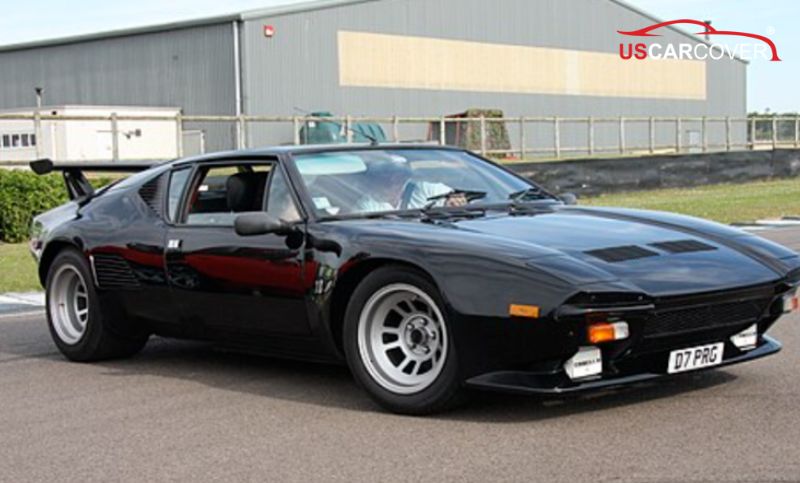
A trustworthy DeTomaso car cover should offer:
- A heat-reflective outer face with stable UV resistance to lower energy absorption on paint and glass.
- Multi-layer breathable fabric that dries quickly so dew or light rain does not get trapped.
- An ultra-soft, light-colored liner that resists dust buildup, reduces friction, and shows when it needs washing.
- Vehicle-specific, custom-fit patterning to the body geometry: side intakes, louvered rear deck, wraparound glass, “flag” style low-set mirrors, tail edges, and any spoilers.
- Hooded vents at the shoulders or near the rear glass to let hot air out without letting wind-blown water in.
- Wide, soft multi-point tie-downs, reinforced grommets, and a plastic-coated underbody lock cable so the cover stays stable in wind.
- Gentle elastic hems that do not imprint paint edges, plus strong seams to reduce wicking along stitch lines.
Related Articles: Citroen Car Cover: Cooling the car, protecting the interior, keeping the cabin cooler when parked outdoors
The usage routine that stabilizes cabin temperature and limits condensation
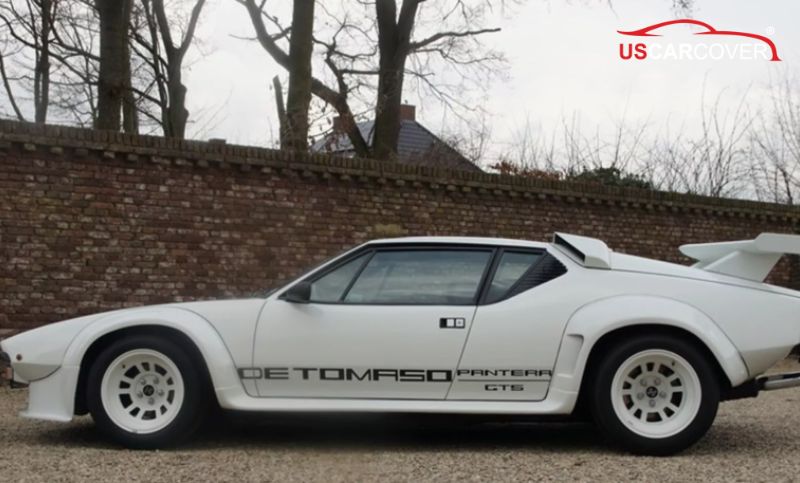
Even with the same cover, correct handling changes outcomes. After shutting off, wait a few minutes so the engine bay and cabin shed some heat. If you just washed the car or see dew, dry off larger droplets on the glass and brightwork. Set the front hem at the nose emblem, draw the cover straight along the roofline, and seat the mirror pockets precisely. Lay the elastic hems evenly at all four corners, smooth out folds, and clip tie-downs so the load is balanced. Open hooded vents in the correct wind direction so heat drifts out gradually. A small desiccant pouch in the cabin can help in very humid regions, as long as the cover breathes. Avoid covering while the engine bay is still very hot, and avoid parking in the same half-sun angle for many days in a row. Once you are used to it, the whole routine takes about ninety seconds, yet the difference in temperature and moisture is significant.
Choose cover color by U.S. climate regions
- Arizona, Nevada, inland California: high sun, dry wind. Prioritize bright silver or light titanium, strong heat reflection, and a low-stick face that sheds ash and dust with one shake.
- Texas, New Mexico, Colorado at elevation: hot days, cool nights. Choose a light color and effective venting to reduce day-night temperature swings and let vapor out after midnight.
- Florida, Gulf Coast: humid and salty with afternoon squalls. Pick a moderately light, highly breathable, quick-drying cover with hooded vents and easy-wash fabric for frequent upkeep.
- New England, Midwest in spring and early summer: heavy pollen. Go with a low-stick silver-gray and an ultra-soft liner so daily on-off is safe for paint.
- Pacific Northwest: long rain, persistent humidity. Choose a medium-light tone that dries fast, sealed seams, and strong venting to avoid musty odor and water printing.Southern California coast: light salt haze. Use a light reflective cover that is easy to wash and quick to dry; before longer storage, clean and dry chrome to prevent speckling.
Related Articles: Chrysler car cover - Storm and wind protection: add a physical lock, stabilize form, stop ballooning that scuffs paint
Fitment by DeTomaso models: sensitive areas to watch

Pantera: rear deck with many louvers and side intakes. You need patterning that crowns louvers so water does not pool or rub on edges; shoulder or rear-glass vents are very useful.
Mangusta: gullwing engine cover. The pattern must arch for those ridges instead of stretching fabric over the crest; elastic hems must be gentle to avoid marks on paint edges.
Deauville, Longchamp: large glass and thick brightwork. Seam paths should follow chrome bands so fabric does not rub a paint edge; the mirror pockets must match period mirror positions.
Wide-body or rear wings: dedicated patterns, not shared with standard models, to prevent excess fabric from flapping.
Cabin heat and vintage electrics: why a breathable cover is the system’s teammate
Wiring and fuses that have lived for decades are moisture sensitive. Nighttime cool-down creates alternating hot and cool zones that invite condensation in the cabin, behind the dash, and near the firewall. A breathable cover with vents set correctly makes the cabin cool down more slowly, keeps humidity below the dew point, and lets vapor “escape” from connector areas in the first hours of the night. In the morning you will see no inside fog, switches feel dry, and the engine turns over more willingly. Long term, contacts oxidize less, gauges settle down, and you avoid many frustrating “ghost faults."

Related Articles: Cadillac car cover: protect against dust and sand, tree sap, and animals, keep scratches away
Common covering mistakes that worsen heat and moisture
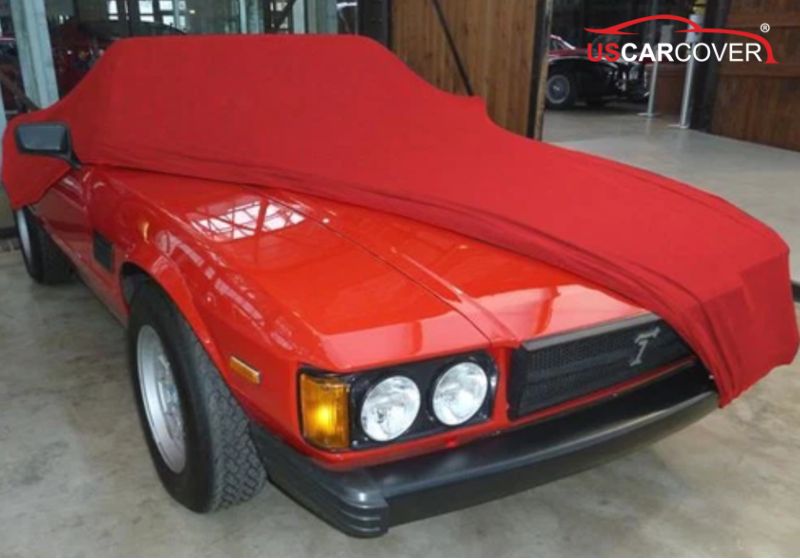
Covering while the engine bay is very hot accelerates condensation under the fabric. Using an overly sealed cover traps humidity, breeds odor, and prints moisture marks on surfaces. Choosing a very dark tone in high-sun regions heats the cabin faster and creates larger nightly temperature drops. A loose universal cover leaves extra fabric for wind to sneak under and flap against panel edges, dulling the finish over time. Washing the cover too rarely lets the liner load up with dust and act like micro sandpaper during daily on-off. Folding the cover while damp creates odor and stain spots. All of this is avoidable with a DeTomaso car cover that is spec’d correctly and a few small habits.
Choosing cover color: practical tips by parking
If you park outdoors daily in dusty areas, pick a low-stick silver-gray so one shake cleans it while still keeping the car cool. If you park under a carport with slanting sun, choose bright silver to maximize reflection and open vents for steady heat release. If you park near the ocean, pick a moderately light, easy-wash color so you can remove salt quickly. If you mostly park in a garage but occasionally outdoors, select a neutral tone that hides dust yet still reflects heat when needed. Whatever the color, prioritize a low-stick face and quick-drying fabric.
Related Articles: Chevrolet car cover - Reduce “curious touching,” reflective edging for visibility, conceal the interior at night
Stabilizing heat, reducing moisture, and choosing a smart color is the trio that protects vintage electrics
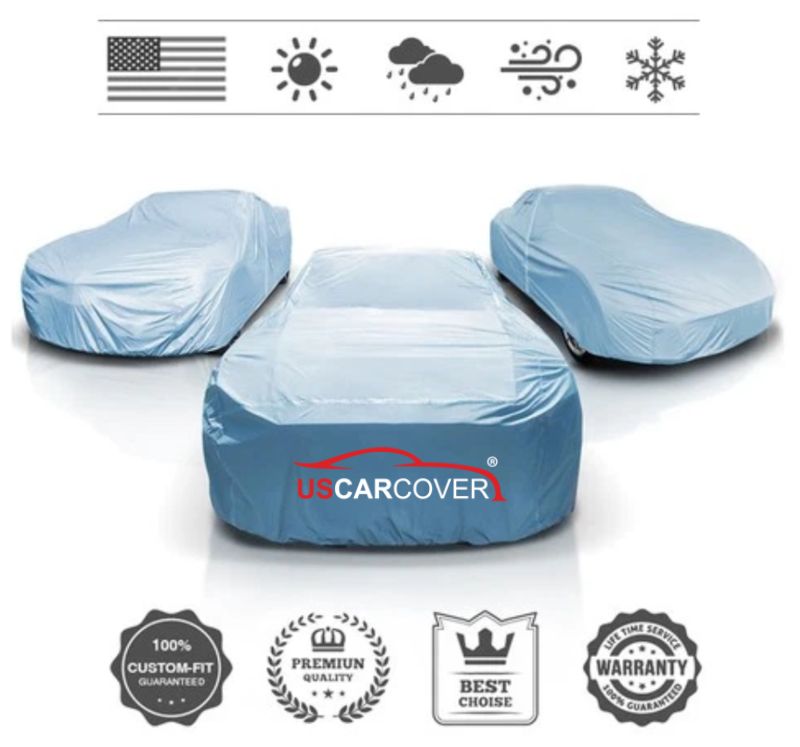
Stable cabin temperatures keep humidity below the dew point, and a breathable cover vents vapor as night falls. A smart color choice keeps the body cooler from the start while making daily handling easier because the cover does not look dirty immediately. Once these principles become habit, vintage electrics run more consistently, interiors stay “healthy,” and you feel more confident every morning you lift the cover. Prioritize a DeTomaso car cover with a heat-reflective, UV-resistant outer face, multi-layer breathable quick-dry fabric, an ultra-soft light-colored liner, patterning that respects side intakes and rear-deck louvers, hooded vents, wide soft straps, and a plastic-coated lock cable. Along with a 90-second routine each time you park, your DeTomaso will stay ready to roll, cooler, drier, and free of those annoying electrical gremlins.
